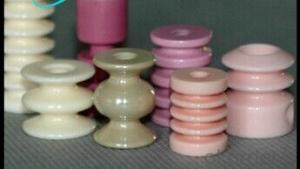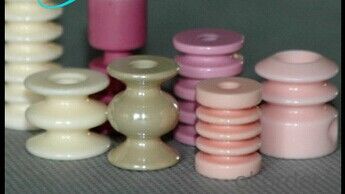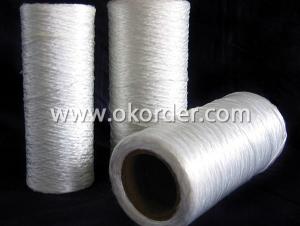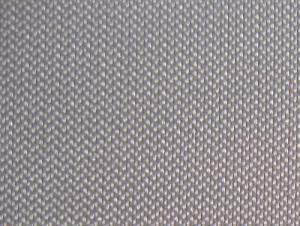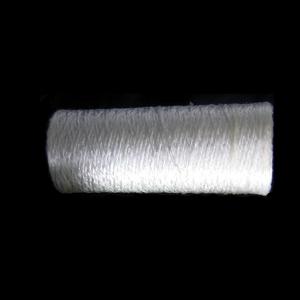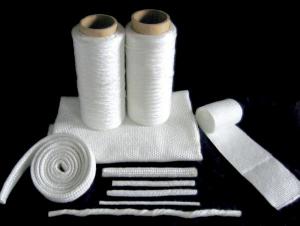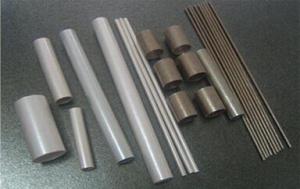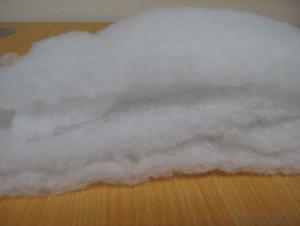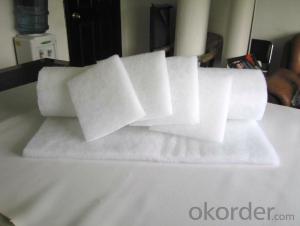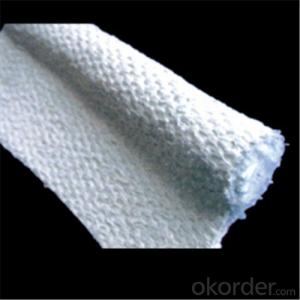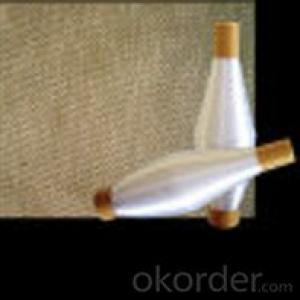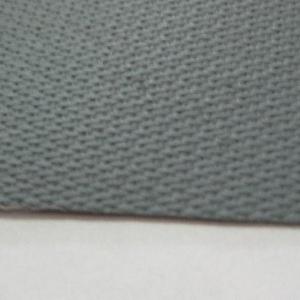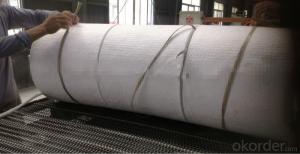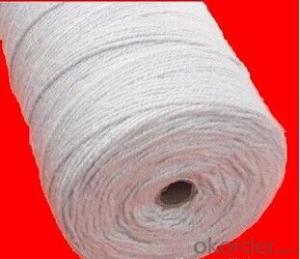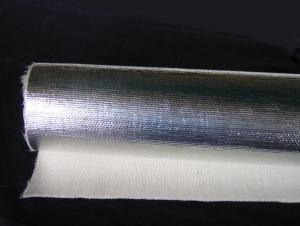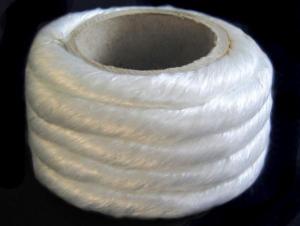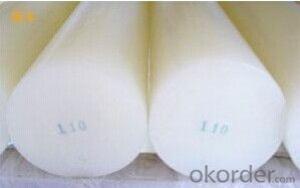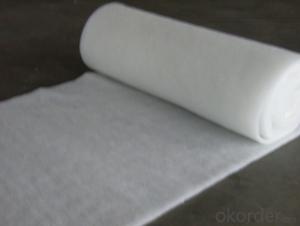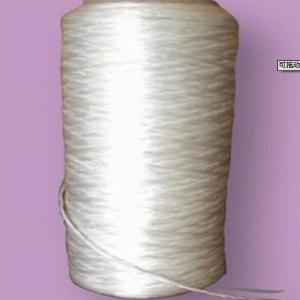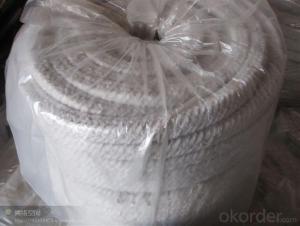Glass Fiber Textiles Industrial Textile Ceramic Parts Product
- Loading Port:
- Qingdao
- Payment Terms:
- TT OR LC
- Min Order Qty:
- 500 pc
- Supply Capability:
- 10000 pc/month
OKorder Service Pledge
OKorder Financial Service
You Might Also Like
material : 95% alumina ceramic
A variety of specifications available, ceramic eyelet, ceramic pigtail, ceramic wire guide, etc.
Advantage:
1.Using the high hardness of the ceramic material, wear resistant.
2.Precise in size .
3.Precision polishing of surface can reach 0.2, smoothly.
4.Complete product specifications.
Function:
Suitable for using in textile machinery, twisting machinery,fine spinning, weaving machinery and knitting machinery.
Data&Item | Hight Frequency Ceramic | 75% alumina Ceramic | 95% alumina Ceramic | 99% alumina Ceramic | Titanium Oxide | Zirconia | Mullite |
Content | steatite 85% | alumina≥75% | alumina≥95% | alumina≥99% | Titanium Oxide≥90% | Zirconia≥90% | 3ALz032si02 |
Fring temperature(°C) | 1350±20 | 1400-1450 | 1650-1680 | 1780-1800 | 1450±20 | 1550-1600 | 1260-1540 |
Bulk density(fired) (g/cm) | 2.8 | 3.2 | ≥3.6 | ≥3.8 | ≥3.7 | >6 | 3.25 |
Dielectric Strength(kv/mm) | 15 | 13 | 15 | 15 | 15 | ||
Water absorption(%) | <0.02 | <0.015 | <0.01 | <0.01 | <0.01 | <0.01 | <0.01 |
Compressive Strength | 560 | 2200 | 2400 | 3700 | 7200 | 5000 | |
Hardness(HRA) | ≥75 | ≥75 | ≥82 | ≥88 | ≥80 | ≥85 | 65-70 |
Volume Resistance (cm) 25°C | ≥1012 | >1012 | >1012 | >1012 | <1012 | >1012 | ≥1012 |
Flexural Strength(MPA) | 126 | 280 | 320 | 400 | 150 | 700 | 180 |
Thermal Expansion(*10) 25°C-700°C | 6-7.5 | 6 | 6.2-8.5 | 6.8-8 | 9-10 | 4-4.4 | |
Permittivity(MHZ) | 6 | 5.5 | 8.5 | 9.5 | 7 | ||
Roughness(Ra) | ≤0.8 | ≤0.8 | <0.1 | ||||
Mirror Polish | <0.3 | ≤0.1 | ≤0.05 | ≤0.03 |
- Q: Are glass fiber textiles resistant to moisture absorption or retention?
- Yes, glass fiber textiles are highly resistant to moisture absorption and retention.
- Q: Wrap the entire exhaust pipe of the car with fiberglass cloth. Can you reduce noise? Does it affect the exhaust pipe and the service life of the car? Thank you
- Exhaust noise mainly in the rear, the middle is not very sound, and even if the effect is not obvious. Because the noise in the driving process is mostly due to vibration of the body resonance. It is recommended to do all the car sound insulation. Feel you want to do it yourself, buy car noise proof material, and glue it to the hood and inside the trunk with 3m. In a word, large pieces of flat iron can cause more serious shocks. And the sound insulation materials are absorbed by these vibrations, so as to play a role in sound insulation.. Hope to adopt.. Between your questions, 1 can reduce, but the effect is very small, because the exhaust is not the main source of noise, 2, may accelerate corrosion, because it will lead to rainy days, the exhaust pipe water can not evaporate in time.
- Q: Are glass fiber textiles resistant to warping?
- Yes, glass fiber textiles are resistant to warping. Glass fiber textiles are made from fine strands of glass that are woven together to form a strong and flexible fabric. The glass fibers have high tensile strength and low thermal expansion, which makes them highly resistant to warping. This means that even when exposed to high temperatures or pressure, glass fiber textiles maintain their shape and integrity. Additionally, glass fiber textiles are also resistant to moisture, chemicals, and UV radiation, further enhancing their ability to resist warping. Overall, glass fiber textiles are known for their dimensional stability and are widely used in applications where warping is a concern, such as in the aerospace, automotive, and construction industries.
- Q: How are glass fiber textiles used in the construction industry?
- Glass fiber textiles, also known as fiberglass, are widely used in the construction industry for various applications. They are primarily used as reinforcement materials in concrete structures, such as beams, columns, and slabs. Glass fiber textiles enhance the strength and durability of the concrete, making it more resistant to cracking and deformation. Additionally, they are used in the production of insulation materials for walls, roofs, and pipes, providing thermal and acoustic insulation properties. Glass fiber textiles are also used in the manufacturing of composite materials for cladding, facade systems, and reinforcement of composite panels. Overall, glass fiber textiles play a crucial role in improving the structural integrity, insulation, and aesthetic appeal of construction projects.
- Q: How do glass fiber textiles affect glare reduction?
- Glass fiber textiles can effectively reduce glare by diffusing and scattering light that passes through them. This scattering effect breaks up the direct path of light, reducing its intensity and eliminating strong glares.
- Q: How do glass fiber textiles affect drape?
- Glass fiber textiles have a rigid and stiff nature, which significantly affects the drape of fabrics made from them. Due to their inherent stiffness, glass fiber textiles tend to have poor drape characteristics compared to more flexible and pliable materials. This lack of drape results in fabrics made from glass fiber textiles retaining their shape and resisting natural folds and pleats.
- Q: How do glass fiber textiles perform in terms of sound insulation?
- Glass fiber textiles perform very well in terms of sound insulation. This is because glass fibers have excellent sound absorptive properties due to their structure and density. When used as a textile material, such as in curtains, carpets, or acoustic panels, glass fiber textiles can effectively reduce noise levels by absorbing and dampening sound waves. The unique composition of glass fibers allows them to trap and dissipate sound energy, preventing it from reflecting or transmitting through the material. This makes glass fiber textiles highly efficient in reducing airborne noise, such as conversations, traffic noise, or loud music. Moreover, glass fiber textiles also provide good thermal insulation, which can further contribute to sound insulation by reducing the transmission of sound vibrations through solid structures. This makes them suitable for use in building construction where both thermal and sound insulation are important considerations. In addition to their excellent sound insulation properties, glass fiber textiles are also highly durable, fire-resistant, and resistant to moisture, making them a reliable and long-lasting solution for soundproofing applications. Overall, glass fiber textiles are highly effective in reducing noise levels and improving acoustic comfort in various settings such as homes, offices, schools, or public spaces.
- Q: Can glass fiber textiles cause respiratory issues?
- Yes, glass fiber textiles can potentially cause respiratory issues. The tiny fibers in glass fiber textiles, when inhaled, can irritate the respiratory system and lead to discomfort, coughing, and difficulty breathing. Long-term exposure to these fibers may even result in more serious respiratory conditions such as fibrosis. It is important to take necessary precautions, such as wearing protective masks, while working with or around glass fiber textiles to minimize the risk of respiratory issues.
- Q: Can glass fiber textiles be coated?
- Glass fiber textiles have the capability to be coated. Coating them with different materials can enhance their properties and offer additional functionalities. By applying coatings to glass fiber textiles, their resistance to chemicals, moisture, abrasion, and UV radiation can be improved. Moreover, coatings can be utilized for flame retardancy, increased electrical conductivity, and improved aesthetic appeal of the textiles. Silicone, polyurethane, acrylic, and vinyl are among the commonly used coatings for glass fiber textiles. The selection of the coating depends on the specific application requirements and desired properties that need enhancement.
- Q: Can glass fiber textile be used in filtration systems?
- Yes, glass fiber textile can be used in filtration systems. It is often employed as a filter media due to its excellent filtration properties, including high filtration efficiency, good chemical resistance, and high temperature resistance. Glass fiber textiles are commonly used in applications such as air filtration, water filtration, and industrial dust collection.
Send your message to us
Glass Fiber Textiles Industrial Textile Ceramic Parts Product
- Loading Port:
- Qingdao
- Payment Terms:
- TT OR LC
- Min Order Qty:
- 500 pc
- Supply Capability:
- 10000 pc/month
OKorder Service Pledge
OKorder Financial Service
Similar products
Hot products
Hot Searches
Related keywords
